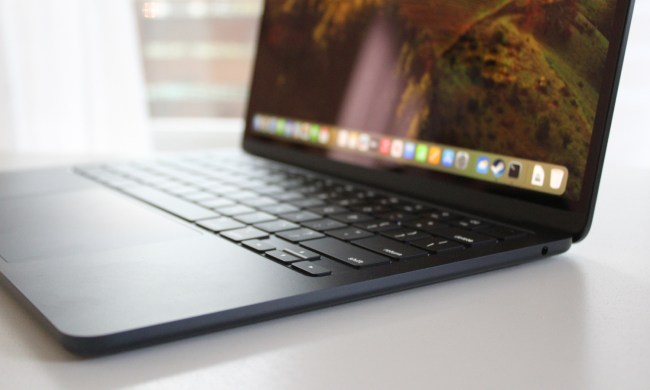
If you’ve seen the first Austin Powers movie, you might remember the moment when Mike Myers’ character tried to come off as suave and Bond-like, but ultimately ended up failing. The line he uttered was “Allow myself to introduce…myself.” Ahh, funny.
The Mac turned 30 years old on January 24, 2014. It was a great day to celebrate the legacy of the Mac, and Apple of course paid homage to its computer with an awesome, redesigned version of its site that included a timeline containing information not just about the original Mac, but all the Macs that came after it, leading up to the cylindrical Mac Pro desktop we have today.
However, it’s February 3. The Super Bowl just ended, and the Northeast is being dumped with a good amount of snow. It’s been about a week and a half since the 30th birthday of the Mac has come and gone, yet, Apple insists on celebrating it. Still. They even put out a new video, which they claim was shot entirely with an iPhone. The video itself features pretty imagery, and also takes time to not only pay homage to the Mac, but also the iPad as well as the iPhone, Cupertino’s “big three,” if you will. You can watch the video here, via Apple’s official site.
While the video itself is cool, we’re left asking one question: why? Well, okay, two questions. Why, and who celebrates a birthday a week and a half after their birthday already passed?
It’s not like Apple was at CES and bogged down by planning and resource management issues. They could’ve shot the video weeks before and had to ready to go on January 24. But a week and a half later? The timing just plain puzzles us.
In fairness, Apple did have to assemble 15 shooting crews, all of which were scattered across the globe. Perhaps there were scheduling issues that prevented this video from being released on or around the Mac’s actual 30th birthday.
Even so, to release the video this late just seems odd. In the end, all I can do is shrug my shoulders and say “meh”.
What do you think? Sound off in the comments below.


